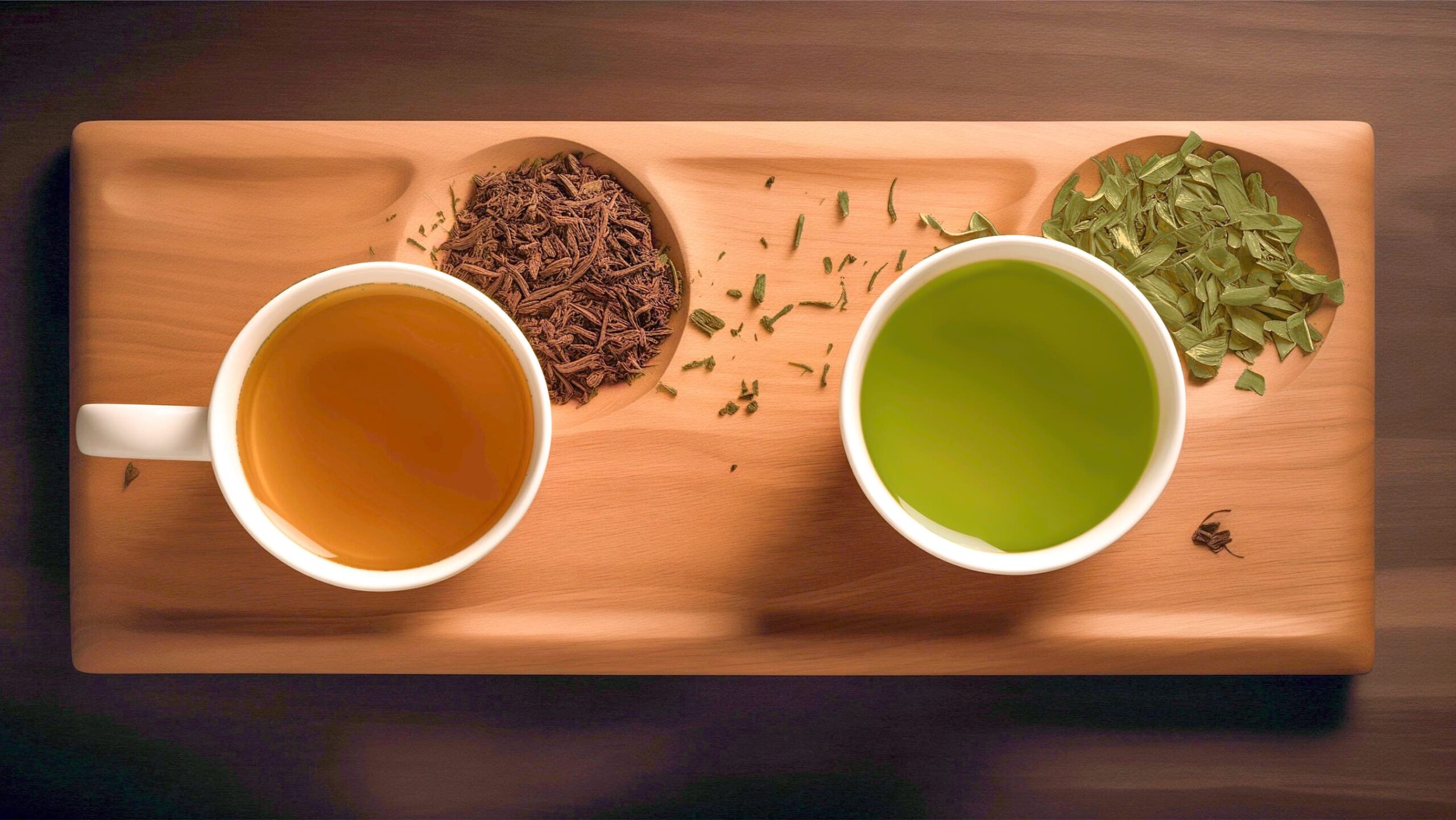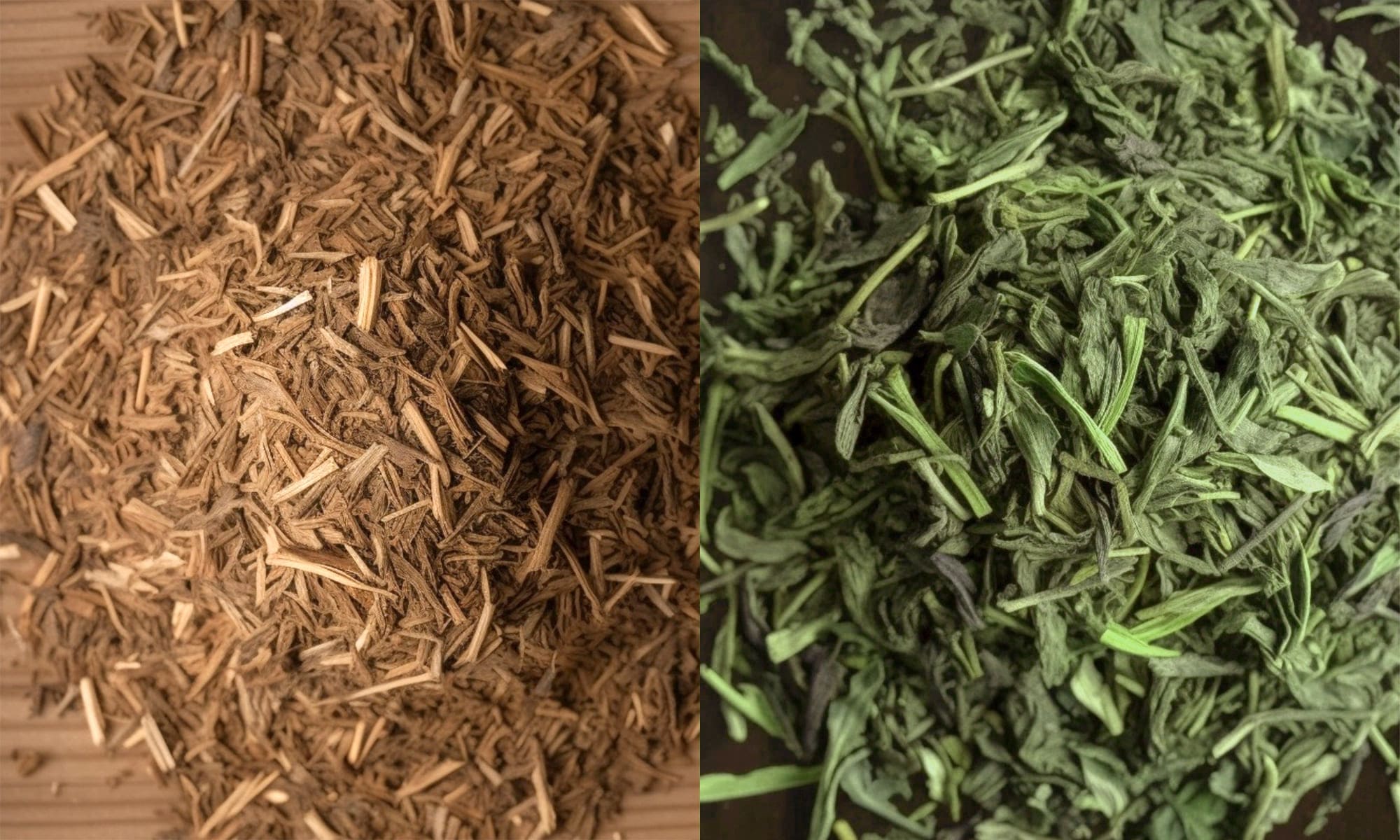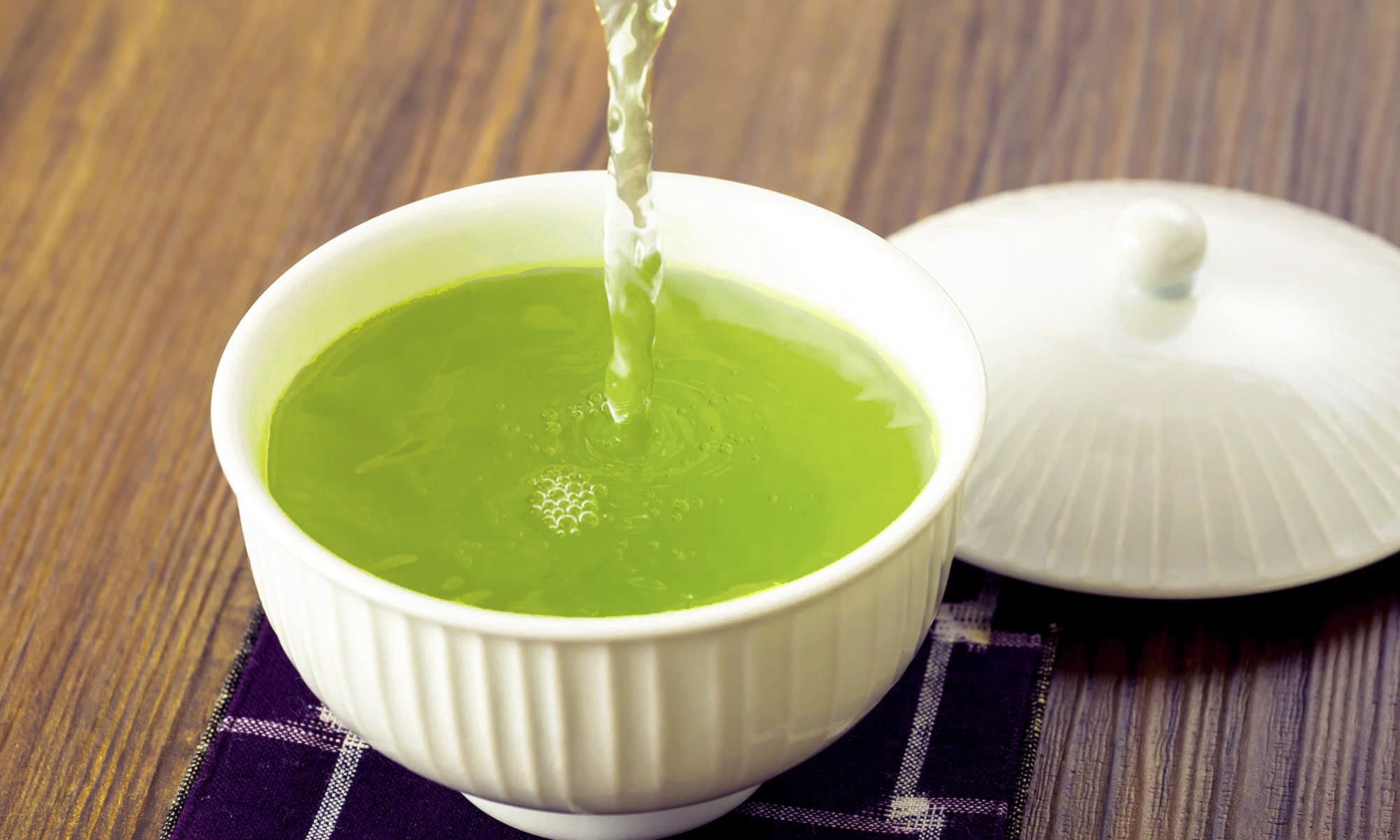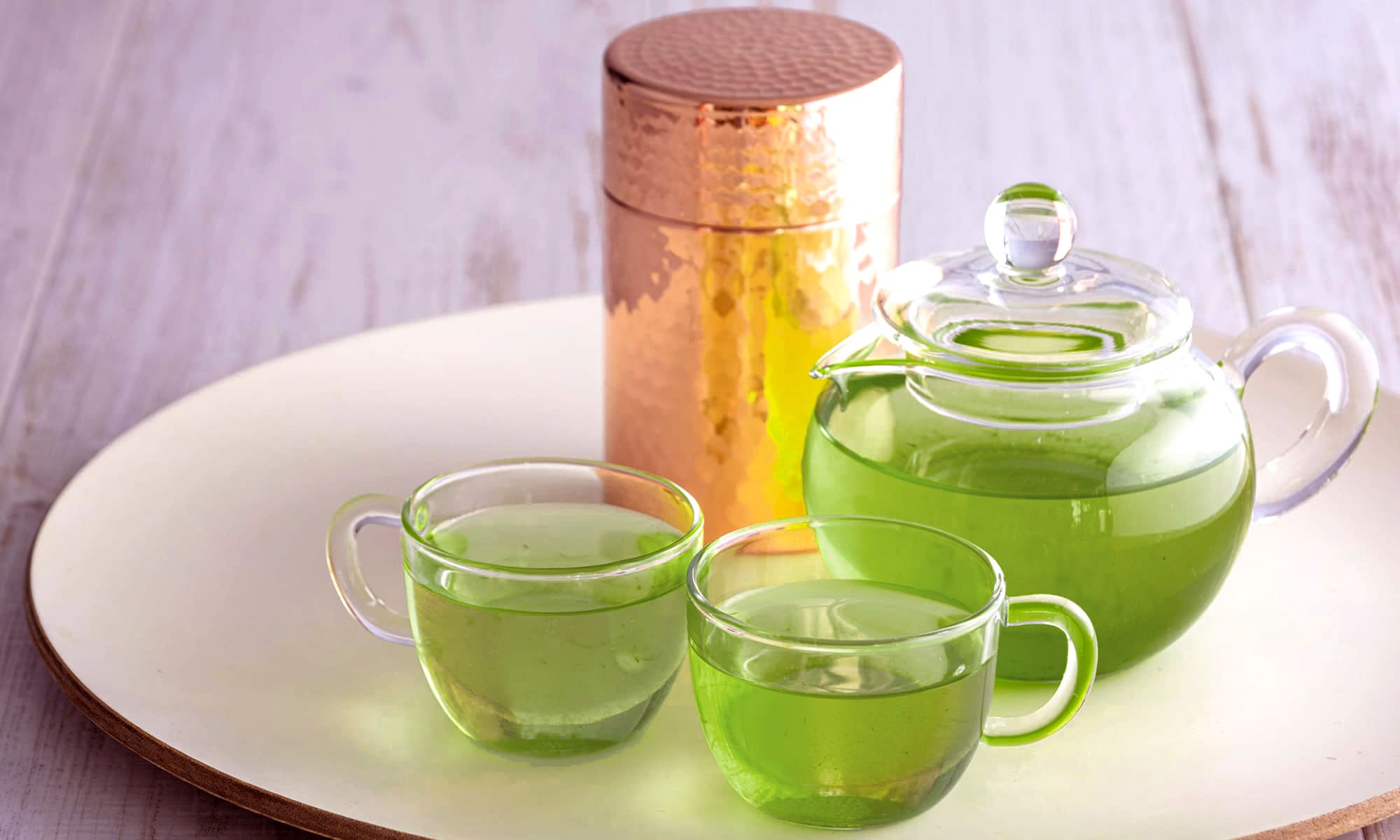


Japan is renowned for its rich tea culture, and two of the most beloved types of green tea are Hojicha and Sencha. While both are made from the same plant, Camellia sinensis, their differences in processing result in unique flavors and characteristics. This guide will explore the distinct qualities of Hojicha and Sencha, helping you appreciate and choose the right tea for your taste and needs.
For a quick overview, here’s a side-by-side comparison of Hojicha and Sencha’s main characteristics.
| Attribute | Hojicha | Sencha |
| Color | Reddish-brown | Bright green |
| Caffeine Content | Low (suitable for evening consumption) | Moderate to high (ideal for an energy boost) |
| Health Benefits | Soothes the stomach, low caffeine, rich in antioxidants | High in catechins (boosts metabolism), vitamin C, and caffeine |
| Best Time to Drink | Evening or after meals | Morning or midday for a refreshing energy boost |
| Brewing Temperature | ~90°C (194°F) | 70-80°C (158-176°F) |
| Typical Uses | Popular in lattes, desserts, and other culinary uses | Commonly enjoyed as a traditional tea, in savory recipes like rice or soup |
| Origin | Kyoto, Japan (1920s) | Widely grown throughout Japan, especially Shizuoka |
Check out the key differences below and discover which tea best fits your needs.
Hojicha:
Originating in Kyoto in the 1920s, Hojicha is made by roasting green tea leaves, stems, and twigs over high heat. This roasting process gives Hojicha its characteristic reddish-brown color and smoky flavor. Traditionally, lower-grade leaves such as Bancha or Kukicha are used to produce Hojicha. For a general overview of Hojicha, please refer to the article Hojicha Through the Ages: From Traditional Origins to Modern Day.
Sencha:
The most common type of green tea in Japan, Sencha is made by steaming freshly picked tea leaves to prevent oxidation. The leaves are then rolled, shaped, and dried, resulting in a tea with a bright green color and fresh, grassy flavor. Sencha can vary greatly in quality, with higher-grade leaves offering a more refined taste. For a general overview of Sencha, please refer to the article ‘The World of Sencha: An Introduction to Japan’s Quintessential Green Tea.’

Hojicha:
Known for its nutty, caramel-like, and slightly smoky flavor, Hojicha is a soothing and easy-to-drink tea. Its roasting process reduces bitterness and astringency, making it a popular choice for those who prefer a milder tea.Learn more about its unique taste and production methods in our detailed guide on Exploring Hojicha: A Toasty Twist on Traditional Green Tea.
Sencha:
Sencha offers a fresh, grassy, and slightly astringent flavor, often described as having a hint of sweetness. Its taste can range from light and delicate to bold and robust, depending on the quality and brewing method. Sencha is a refreshing tea, perfect for an energizing start to the day.

Both Hojicha and Sencha are rich in antioxidants, which help protect the body from free radicals and support overall health. However, there are some differences in their specific benefits:
Hojicha:
Due to its roasting process, Hojicha has a significantly lower caffeine content than other green teas, making it suitable for drinking in the evening or for those sensitive to caffeine. It is also easier on the stomach, which can be beneficial for individuals with digestive issues. Discover more surprising health benefits in our comprehensive guide 6 Surprising Health Benefits of Hojicha: The Ultimate Guide to Japan’s Roasted Green Tea.
The antioxidants in Hojicha not only benefit overall health but also support skin health. Explore how it can enhance your skincare products in our post Hojicha for Skin Health: The Beauty Benefits of Roasted Green Tea.
Sencha:
Sencha contains higher levels of caffeine, providing an energy boost and enhancing mental alertness. It also contains catechins, which are known to boost metabolism and support weight loss. Additionally, Sencha’s high vitamin C content can help strengthen the immune system. If you would like to learn more about the health benefits of Sencha, please check out the article ‘Sencha: The Green Tea Powerhouse – Unveiling Its Distinct Health Advantages.‘

Hojicha:
To brew a perfect cup of Hojicha, use 1 teaspoon of tea leaves per cup of water. Boil the water and let it cool to around 90°C (194°F) before pouring it over the leaves. Steep for 30 seconds to 1 minute. Hojicha can also be cold-brewed by steeping the leaves in cold water for several hours.
Sencha:
For Sencha, use 1 teaspoon of tea leaves per cup of water. Heat the water to about 70-80°C (158-176°F) to preserve the delicate flavors and nutrients. Steep for 1-2 minutes. Sencha can also be enjoyed as a cold brew by steeping the leaves in cold water for a few hours.

Hojicha:
Its unique flavor makes Hojicha a popular ingredient in various culinary creations. From Hojicha lattes and ice creams to cakes and cookies, this tea adds a delightful smoky sweetness to any dish. If you would like to learn more about the uses of Hojicha, please refer to the article ‘Hojicha: From Traditional Tea to Modern Culinary Ingredient.’
Sencha:
Sencha’s fresh and grassy flavor lends itself well to a variety of dishes. It can be used in savory recipes, such as tea-infused rice or soups, and is also a refreshing ingredient in cold beverages and desserts.

Hojicha and Sencha both hold a special place in Japanese culture. Hojicha, with its warm and comforting taste, is often enjoyed in the evening or after meals. Its low caffeine content makes it suitable for all ages. Find out why it’s perfect for winding down in our article Low-Caffeine Teas: Why Hojicha is a Perfect Evening Drink.Sencha on the other hand, is a staple in Japanese households and is commonly served to guests. Its refreshing and invigorating properties make it a popular choice throughout the day.
Both Hojicha and Sencha offer unique flavors and benefits, enriching Japan’s tea culture in their own ways. Whether you prefer the smoky warmth of Hojicha or the fresh vibrancy of Sencha, each tea brings a distinct experience. Try both to find the one that best suits your taste.
For businesses interested in diversifying their tea offerings, explore our guide on Matcha vs Sencha: Understanding the Differences and Benefits for Your Business. Curious to learn more? Contact us to discover our full range of high-quality tea products.